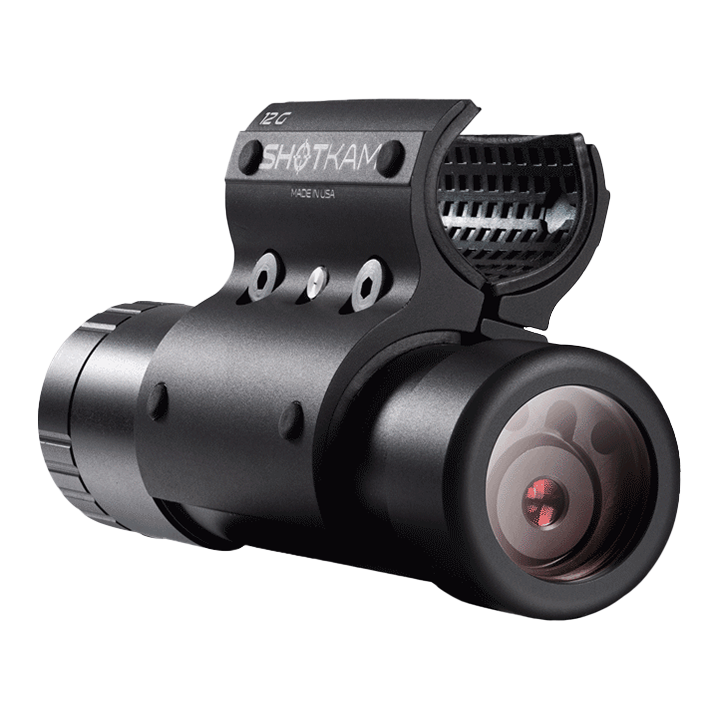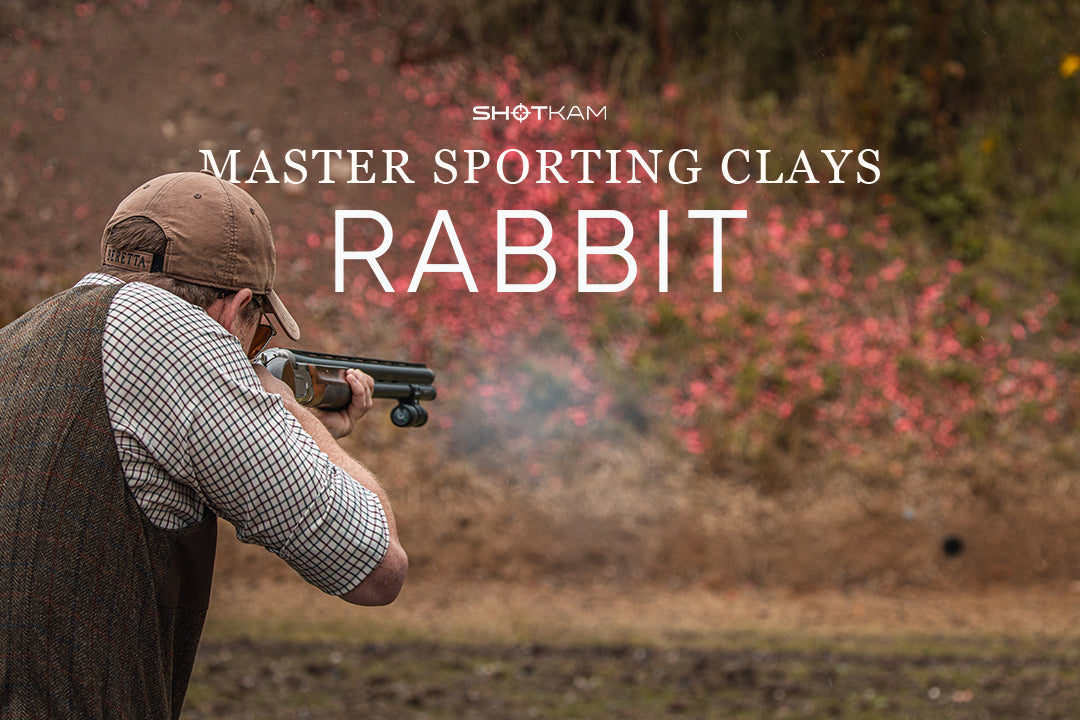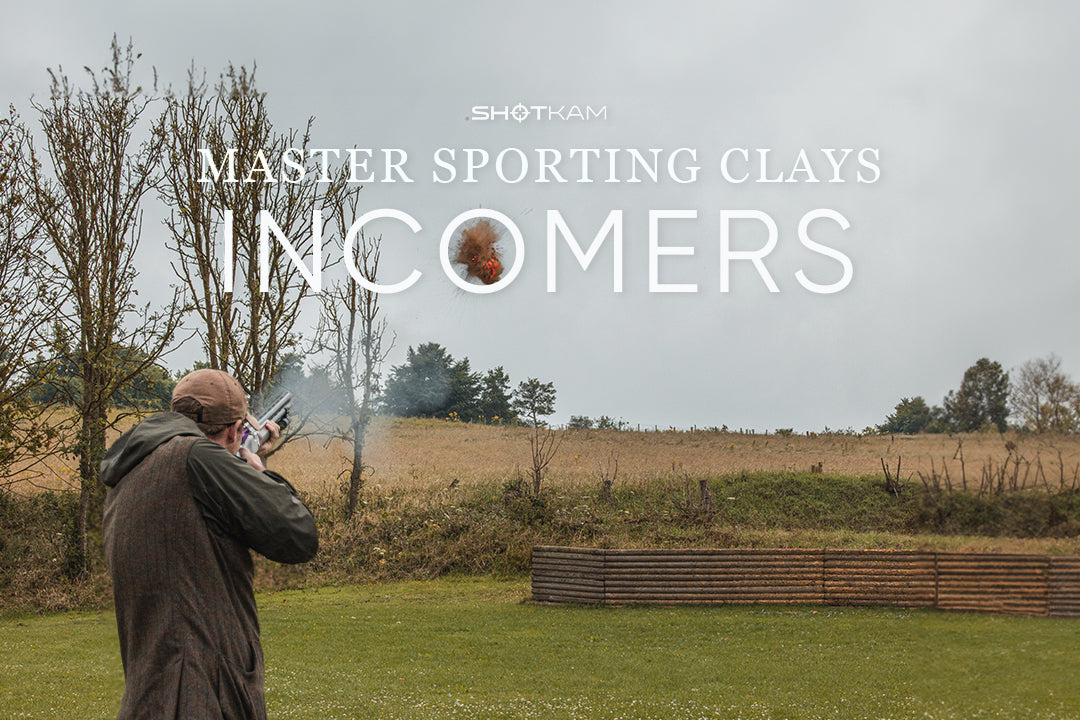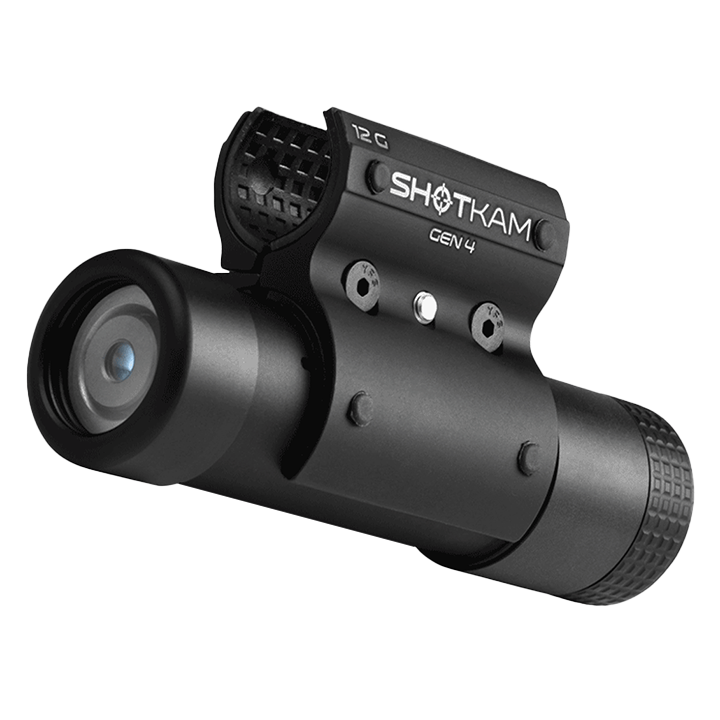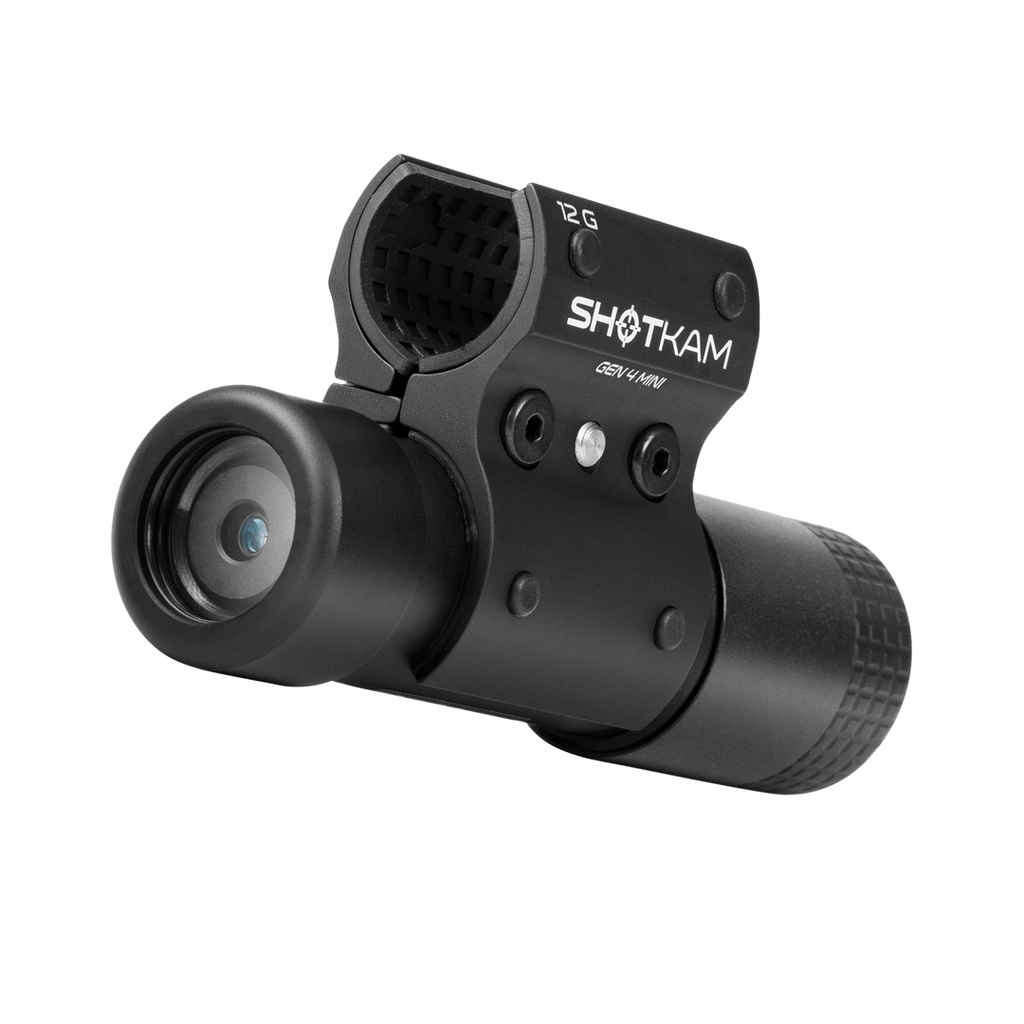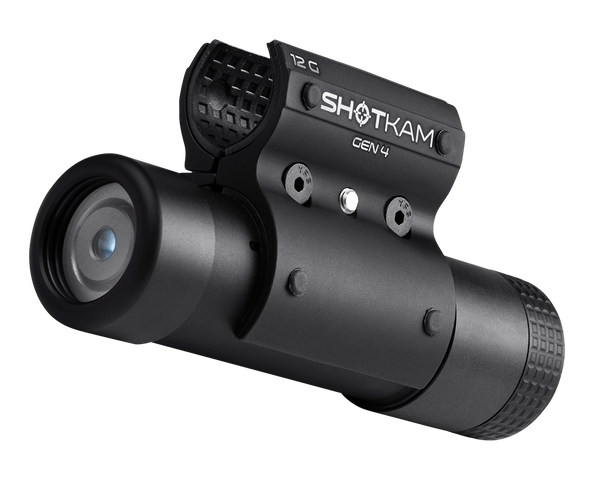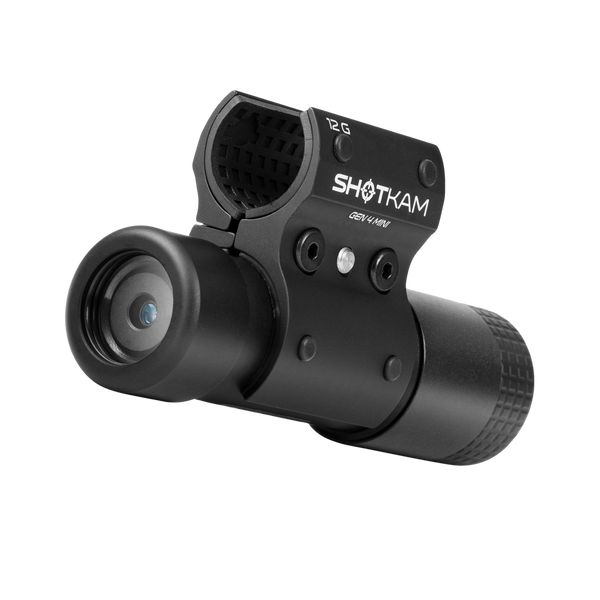Best Tips for Trap Shooting (by ATA World Champion)

Written by Foster Bartholow - Singles Clay Target World Champion
Rising Youth Participation in Shooting Sports
All throughout the USA, we are seeing a significant rise in youth participation in shooting sports. In states like Minnesota, Iowa, South Dakota, and several others, thousands of kids are picking up a 12-gauge shotgun and getting into the sport of clay shooting. This sport happens to be one of the safest for youth when compared to football, basketball, and other high-impact sports.
Understanding Trapshooting Dynamics
When you start examining the game of trapshooting, there are many intricate dynamics that come into play. Gun fit, ammo selection, hold-points, stance, eyewear, and the correct mental attitude are just a few of the things we talk about during our youth shooting clinics.
Below are a few tips I’ve learned throughout my shooting career that will help both new and experienced shooters improve their trapshooting. If you’re new to youth shooting or coaching, the following topics will break down some of the fundamentals.

Comparing One vs. Two-Eye Shooting
Understanding Your Dominant Eye
As we dive into the topic of one vs. two-eyed shooting, the first thing to do is to determine your dominant eye. This is critical to keeping proper sight of the target and will prevent double vision of the bead or being cross-eyed. There are several ways to find your dominant eye. The easiest way is to straighten your arms out with your hands in front of you. Make a triangle with your thumbs and index fingers, then find an object to center inside that triangle. Slowly bring your arms back toward your eyes, and the triangle will naturally gravitate toward your dominant eye.
Now that you’ve found your dominant eye, I’ll explain what I’ve found helps most shooters determine hold points.
The One-Eye Shooter
A one-eyed shooter is someone who is off-eye dominant and shoots with the opposite arm. For example, a one-eyed shooter will be left-eye dominant and shoot right-handed. These shooters have multiple options for shooting; they can either close their off-eye, or they can use the “dot system.” The dot system involves using a piece of tape or semi-transparent material on shooting glasses over the off-eye. This prevents that eye from seeing the rib, barrel, and target, allowing the shooter to keep both eyes open without sacrificing their peripheral vision.
Typically, one-eyed shooters hold fairly level on the top of the trap house as they cannot see “through” the barrel compared to two-eyed shooters.
The Two-Eyed Shooter
Two-eyed shooters are those that shoot with the same arm as their dominant eye. For example, a two-eyed shooter will be right-eye dominant and shoot right-handed. Shooters like this have an advantage over one-eyed shooters in that they have a better overall vision of the target. They don’t have to close one eye or lose vision with the dot system in order to focus on the target. This allows two-eyed shooters to have a higher hold point as they can see “through” the barrel. Typically, two-eyed shooters will have a hold point ranging from 1 to 1.5 feet above the trap house for an easier opportunity to swing to the target.
Both options are great for shooters. I’ve seen both sides of the spectrum where shooters will try and change their shooting hands to match their dominant eye. There are great shooters that use both styles. Personally, I have the longest shoot-off at the Grand American world championships with 1,100 x 1,100, and my brother, Matt (being a two-eyed shooter), has shot 1,578 registered targets without missing. Both styles work, so find yours and rock it!
Mastering Stance and Footwork
Many people think shooting a shotgun is all upper body and arms, but that’s a huge misconception. I always discuss using your whole body as a sort of turret to move to and throughout a target. Essentially, you’re using your lower, middle, and upper body together in one motion to create a fluid motion to that target.
If you’re at home reading this, let’s try a quick drill.
To start, pretend you have your shotgun in your hands (you can try this with your shotgun too, but always ensure the gun is unloaded and pointed in a safe direction).
If you’re a right-handed shooter, I want you to move to an imaginary target flying to the right using just your arms to swing. If you’re a lefty, pretend you have a target moving to the left. Right away, you’ll notice the gun doesn’t feel very “locked in” to your face and may even feel like it’s wanting to come off your cheek. This can have a massive impact on your shooting, especially if there are several angles at play, like in sporting clays or hunting scenarios.
Next, try this: for the righty, make a move to the same imaginary right target, but now use your legs, mid-body, and hips to drive your upper body to the target while keeping your arms stationary. Feel the difference? You might now notice that your face stays locked into the stock because there’s a huge reduction in arm movement. This shooting style keeps the barrel moving in the most accurate and consistent swing possible, from the start to the follow-through. Of course, using your arms to move up to the target is necessary, but if you can keep your body moving as one, everything will work together to get you to the target and follow through in one fluid motion.
Fluid movement is moving to and through the target at a speed that feels comfortable to you. It’s important to remember that everyone's speed to the target is different.
Now, this is where your footwork is essential.
Correcting Footwork for Optimal Swing
If you’re a new shooter, I always recommend having a stance about shoulder-width apart, or maybe slightly wider than your shoulders. Stand straight up with a slight bend in the knees, so they aren’t locked. If you’re facing directly at the trap house and you’re a right-handed shooter, off-set your feet and body to the right about 45 degrees. This gives your body the ability to swing to the right much easier.

If your footwork isn’t correct for your post, you’ll max out your swing. Simply put, maxing out happens when your body cannot go any further and will resort to using only your arms to move, or break down the knees to swing further in that direction.
Luckily, there are a few easy fixes you can try.
Flare a Toe
Many shooters think they need their toes straight out in front of them, which is not the case. For every inch you flare your toe out, you get approximately 6-7 degrees of extra rotation. Now, we certainly don’t want shooters thinking they have to stand with their feet completely flared out, but it’s a helpful tip to remember.
Make Small Changes
Don’t be afraid to make small adjustments from post 1 to post 5. Every post has different target angles, and your footwork should adjust accordingly. It’s all about finding and fine-tuning what works for you.
Building Confidence in Trapshooting
The last thing I’d like to discuss is how to help gain confidence in myself and other shooters while training, or what to do even when you’re training by yourself.
In trapshooting, I recommend shooters at the 16-yard line use a tighter choke such as an Improved Modified to Full, rather than an Improved Cylinder to Modified. You can see where you’re hitting a target much easier and make any corrections with hold point or footwork. With a tighter choke, you can quickly gain confidence as you start dusting the targets. It can be fun and validating to watch the clays explode.
Whether you’re coaching a youth team or wanting to improve independently, using a ShotKam is also a great way to help improve anyone’s shooting abilities by seeing where they are shooting, watching patterns hit the target, and seeing how smooth their move (and through) the target is. With the ShotKam, you can quickly identify any mistakes and improve your overall confidence in your shooting methods.
The Role of Discipline in Shooting Sports
With Trap, Skeet, and Sporting Clays, it isn't all about hitting the clay target. It is having a diverse set of disciplines that give you a way to grow into the sport and how your skills develop. If you are starting in high school and are taking sporting clays courses, you can grow to competitive shooting quicker with learning tools like a ShotKam camera that replays your shots, so you can learn and adjust. Shooting Clubs often offer various disciplines in turn, using the same shooting grounds. And when it comes to your shotguns, some are more suitable than others (12 gauge vs. 20 gauge).
I hope these tips help you on the field this summer! If you need more help with shooting techniques, feel free to visit TrapshootingBros.com for private coaching clinics and help. You can also follow the Bartholow Brothers on trapshooters.com or ask them questions here.
Recommended video for you:
You are reading:





